Caryopteris divaricata 'Blue Butterflies' hardiness
aachenelf z5 Mpls
16 years ago
Related Stories
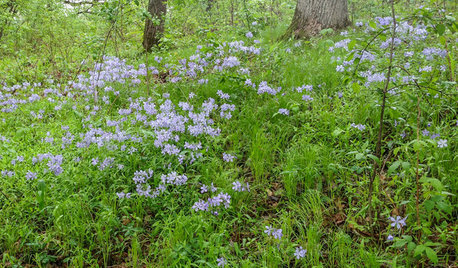
GARDENING GUIDESGreat Design Plant: Phlox Divaricata
Plant wild blue phlox in central and eastern U.S. woodland gardens for its bright blue flowers in early spring
Full Story
GARDENING GUIDES6 Plants That Beat Butterfly Bush for the Wildlife Draw
It's invasive, a nonnative and a poor insect magnet. Check out these better alternatives to butterfly bush in the garden
Full Story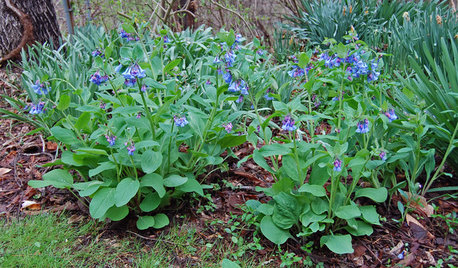
GARDENING GUIDESGreat Design Plant: Mertensia Virginica
Virginia bluebells provides relief from winter with a big display of color
Full Story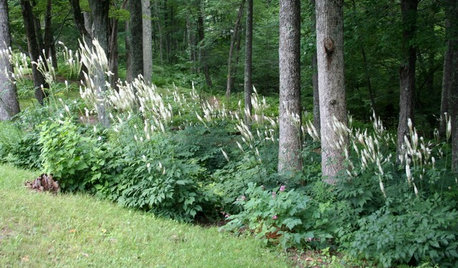
GARDENING GUIDESGreat Design Plant: Actaea Racemosa
Elegant flowers top black cohosh in summer woodland gardens
Full Story
SAVING WATERHouzz Call: Are You Letting Go of Your Lawn?
Many facing a drought are swapping turf for less thirsty plantings. If you’re one of them, we’d like to hear about it
Full Story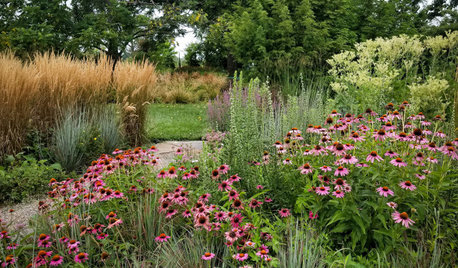
FALL GARDENING20 Favorite Flowers for the Fall Landscape
Vivid blooms and striking shapes make these annuals and perennials a delight in autumn gardens
Full Story
FALL GARDENING9 Deer-Resistant Flowering Shrubs to Plant This Fall
These exquisite shrubs will attract your attention but won’t tempt the deer that roam your neighborhood at night
Full Story
INSPIRING GARDENSNative Plants Bring 10 Southern California Front-Yard Gardens to Life
Rare plants, rain gardens and wildlife habitats are just a few of the features showcased on the 2016 Theodore Payne Native Plant Garden Tour
Full StoryMore Discussions






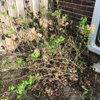

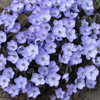

john_4b
maria
Related Professionals
Kenmore Landscape Architects & Landscape Designers · Milwaukee Landscape Architects & Landscape Designers · Rancho Cordova Landscape Architects & Landscape Designers · Southfield Landscape Architects & Landscape Designers · Wilmington Landscape Contractors · Edmond Landscape Contractors · Berwyn Landscape Contractors · Beverly Hills Landscape Contractors · Braintree Landscape Contractors · Clearlake Landscape Contractors · Hannibal Landscape Contractors · Mission Landscape Contractors · Parkland Landscape Contractors · Salem Landscape Contractors · Webster Groves Landscape Contractorsdavid_5311
rusty_blackhaw
aachenelf z5 MplsOriginal Author
david_5311
laceyvail 6A, WV
rusty_blackhaw
aachenelf z5 MplsOriginal Author
aachenelf z5 MplsOriginal Author
mnzinnia_gmail_com
NHBabs z4b-5a NH
rouge21_gw (CDN Z5b/6a)
aachenelf z5 MplsOriginal Author
rouge21_gw (CDN Z5b/6a)
rouge21_gw (CDN Z5b/6a)
katob Z6ish, NE Pa
aachenelf z5 MplsOriginal Author
aachenelf z5 MplsOriginal Author
rouge21_gw (CDN Z5b/6a)
HU-199372723